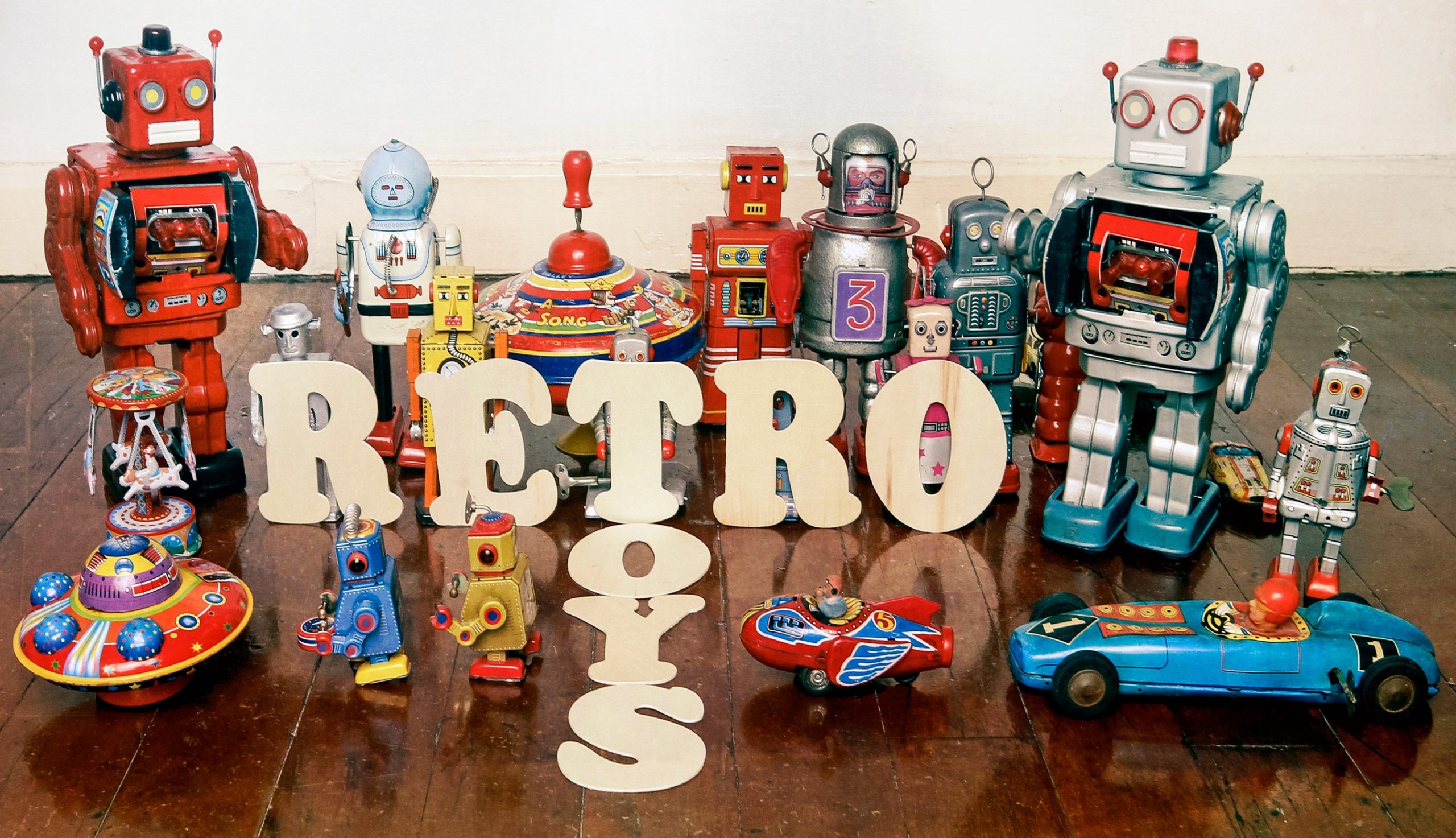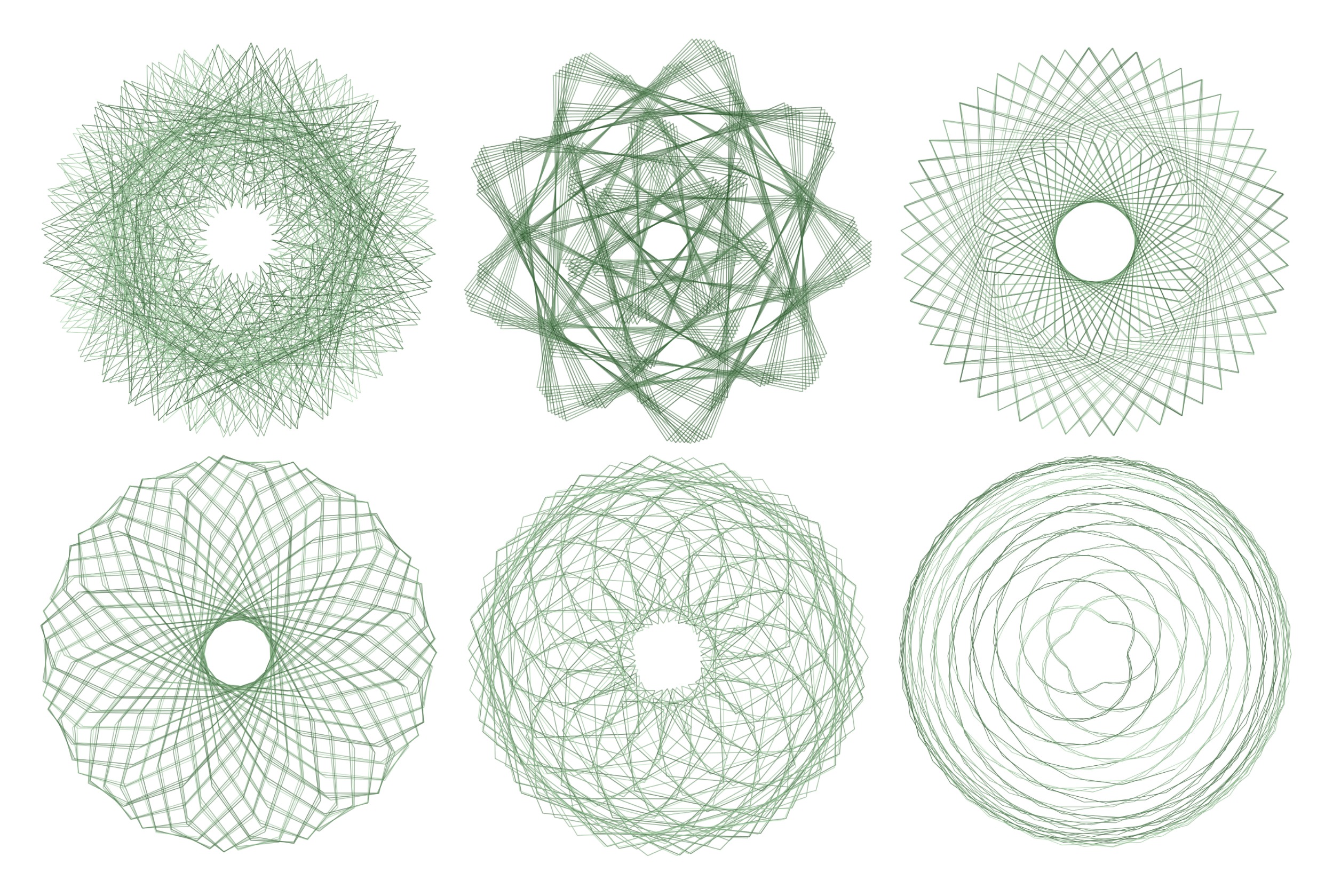The 1960s was a transformative decade, marked by cultural revolutions and technological advancements that shaped modern society. Among the most influential trends were the toys that captured children’s imaginations everywhere. These toys weren’t just playthings but symbols of innovation and creativity. Exploring the cool toys from the 60s provides a nostalgic glimpse into an era that continues to influence today’s toy industry.
1. Twister
Twister, launched by Milton Bradley in 1966, quickly became a party game sensation. It involved players placing their hands and feet on colored circles, creating a fun and often hilarious tangle of limbs. The game promoted physical activity and social interaction, making it a hit at gatherings. Twister’s enduring popularity lies in its simplicity and the endless laughter it generates.
2. G.I. Joe
G.I. Joe, launched in 1964, was more than just a doll; it was the first action figure. This toy represented bravery and adventure, quickly becoming a favorite among boys. Its interchangeable uniforms and accessories provided endless scenarios for imaginative play. G.I. Joe’s legacy continues as it evolves with new generations.
3. Mouse Trap
Introduced by Ideal Toy Company in 1963, Mouse Trap was one of the first mass-market, three-dimensional board games. The game involved building a complex Rube Goldberg-style contraption to catch a mouse, providing a unique blend of strategy and engineering. Children enjoyed the hands-on aspect of constructing the elaborate trap and the suspense of seeing if it would work. Mouse Trap’s innovative design and interactive gameplay made it a beloved classic that continues entertaining families.
4. Hot Wheels
Mattel launched Hot Wheels in 1968, revolutionizing the toy car market. These die-cast cars and customizable tracks provided endless hours of racing excitement. The attention to detail and vibrant designs made Hot Wheels a favorite among young car enthusiasts. Today, Hot Wheels remain a staple in toy collections worldwide.
5. Easy-Bake Oven
Introduced by Kenner in 1963, the Easy-Bake Oven allowed children to bake mini cakes using a light bulb for heat. This innovative toy encouraged kids to explore the world of cooking safely. It was not only fun but also educational, teaching basic baking skills. The Easy-Bake Oven’s enduring popularity showcases its timeless appeal.
6. Rock ‘Em Sock ‘Em Robots
Released by Marx in 1964, Rock ‘Em Sock ‘Em Robots featured two battling robots in a boxing ring. Players controlled the robots’ punches, aiming to knock the opponent’s head off. This toy was a hit due to its interactive and competitive nature. It remains a nostalgic favorite, symbolizing the fun of classic mechanical toys.
7. Operation
Operation, released by Milton Bradley in 1965, offered children a fun and challenging game of skill and precision. Players used tweezers to remove various ailments, like the “funny bone” and “wishbone,” from the patient without touching the edges and setting off the buzzer. The game required steady hands and concentration, making it both entertaining and educational. Operation remains a popular game known for its unique blend of humor and hand-eye coordination challenges.
8. Spirograph
The Spirograph, introduced in 1965, combined art and mathematics to create mesmerizing geometric patterns. This drawing toy used interlocking gears and wheels to produce intricate designs. It captivated children and adults alike, fostering a love for creative and analytical thinking. The Spirograph continues to inspire budding artists and mathematicians.
9. Lite-Brite
Launched by Hasbro in 1967, Lite-Brite allowed children to create illuminated pictures using colored pegs and a lightbox. This toy combined creativity with the magic of light, captivating young imaginations. It encouraged artistic expression and offered a unique way to create glowing art. Lite-Brite remains a cherished toy, continuing to light up playrooms.
10. Super Ball
Introduced by Wham-O in 1965, the Super Ball became an instant hit with its high-bouncing capability. Made from a synthetic rubber called Zectron, this small ball could bounce up to six times higher than a regular rubber ball. Its unpredictable bounces and durability made it a favorite among kids and even adults. The Super Ball’s simplicity and unique performance captured the playful spirit of the 60s, leaving a lasting legacy in toy history.
Appreciating These Cool Toys in the 60’s
The toys of the 1960s were more than just entertainment; they were a reflection of the times, capturing the spirit of innovation and creativity that defined the decade. These cool toys not only brought joy to countless children but also left a lasting impact on the toy industry. Their legacy continues to influence the design and development of modern toys, reminding us of the timeless appeal of imaginative play. As we look back, these toys offer a nostalgic journey through a pivotal era in history.
Read More:
The Top 10 Cool Toys in the 50’s
8 Best Cool Toys for Teaching Financial Literacy
Catherine is a tech-savvy writer who has focused on the personal finance space for more than eight years. She has a Bachelor’s in Information Technology and enjoys showcasing how tech can simplify everyday personal finance tasks like budgeting, spending tracking, and planning for the future. Additionally, she’s explored the ins and outs of the world of side hustles and loves to share what she’s learned along the way. When she’s not working, you can find her relaxing at home in the Pacific Northwest with her two cats or enjoying a cup of coffee at her neighborhood cafe.




